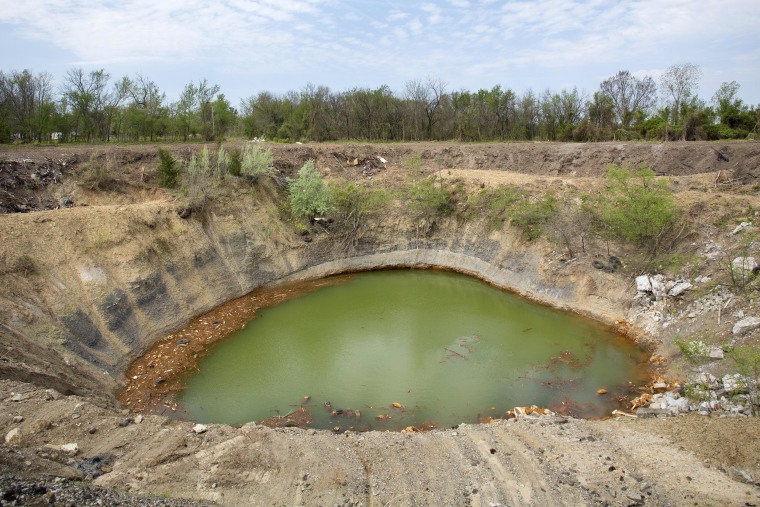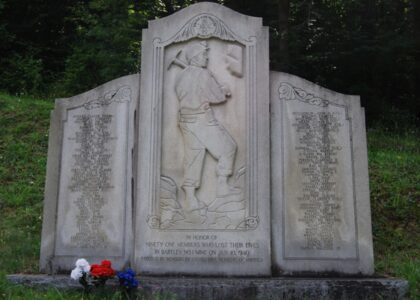Welcome to Picher, Oklahoma, once a bustling hub of industry and now a haunting reminder of the past. This small town, situated in the northeastern corner of Oklahoma, was established in the early 20th century as part of the Tri-State mining district, an area rich in lead and zinc deposits. In 1914, the Tar Creek area, which includes Picher, began to see extensive mining activity. The town was named after O.S. Picher, owner of the Picher Lead Company, which played a significant role in the town’s development.
During World War I and World War II, Picher thrived as one of the nation’s leading producers of lead and zinc, essential materials for the war efforts. At its peak, the town’s population swelled to over 14,000, with miners working tirelessly in the labyrinth of underground tunnels. The success, however, came at a price. The mining operations left behind massive piles of chat, or mining waste, which contained toxic elements like lead and cadmium.
By the 1960s, as the demand for lead and zinc diminished, the mines began to close, and the town’s population dwindled. The environmental impact of decades of mining became increasingly apparent. The chat piles, some reaching up to 200 feet high, and contaminated water from the mines caused severe lead contamination in the area, leading to health issues among the residents, particularly affecting children.
One of the notable figures in Picher’s history is Dr. John W. Westerman, a local physician who tirelessly advocated for the town’s health needs, highlighting the dangers posed by the contamination. His efforts were instrumental in bringing national attention to Picher’s plight.
In 1983, the Environmental Protection Agency (EPA) declared Picher part of the Tar Creek Superfund site due to the severity of lead contamination. Despite cleanup efforts, the damage was extensive and led to the eventual evacuation and buyout of the town’s residents in the early 2000s. By 2009, Picher was officially disincorporated, and most of its buildings were razed.
Today, Picher stands as a ghost town, visited by curious onlookers and researchers studying the long-term effects of industrial pollution. It’s a stark reminder of the environmental cost of industrial progress and a testament to the resilience of the community that once thrived here.
As you pass by, imagine the bustling streets filled with miners, families, and businesses—a town that once symbolized opportunity now serves as a crucial lesson in environmental stewardship.






